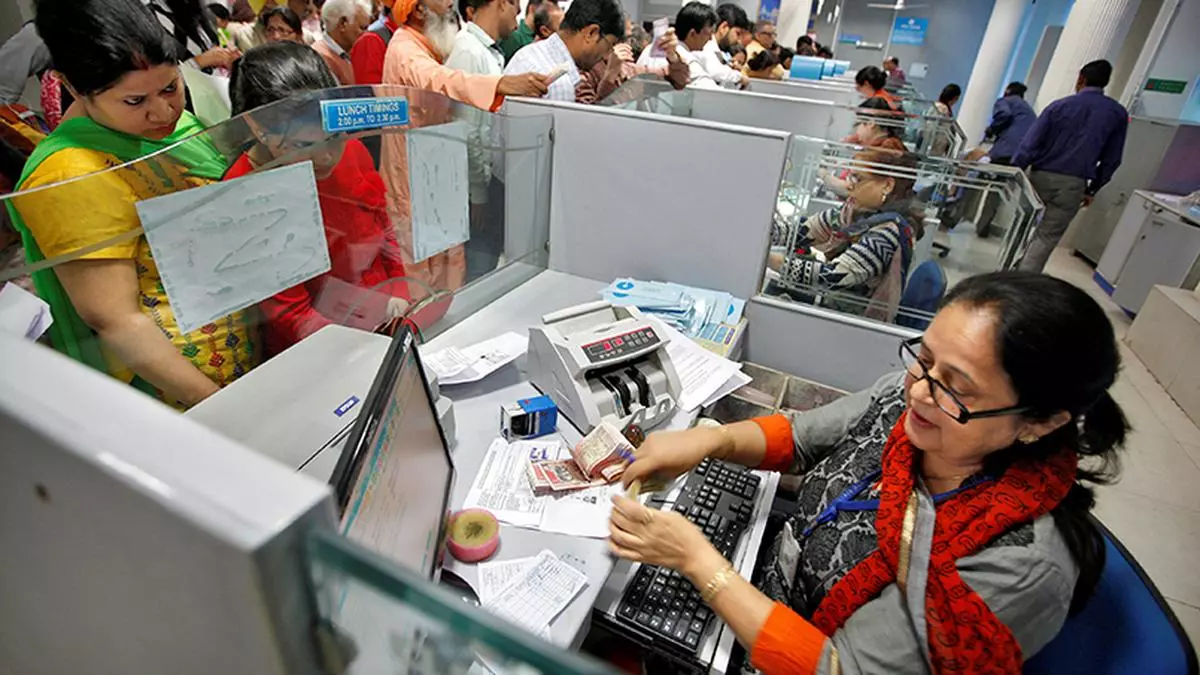Banks’ CASA ratio comes full circle, back at levels after demonetisation
Banks’ CASA (current account, savings account) ratio seems to have come full circle, returning to where it was after the 2016 demonetisation of ₹500 and ₹1,000 banknotes.
This comes against the backdrop of higher interest rates being offered on term deposits (TDs) by banks and savers/investors chasing better returns from mutual funds and capital markets.
“If we look at long-term data, it was after demonetisation that the CASA ratio moved up to 36-38 per cent (from 34 to 35 per cent earlier) and then to 44-45 per cent during Covid.
“The recent decline in CASA ratio to 38-39 per cent is a mean reversion to the pre-pandemic level,” said Karthik Srinivasan, Senior Vice President & Group Head, ICRA.
- Also read: Banks’ CASA ratio may fall further as companies, govt cash management skills improve: SBI Chairman
He observed that while the funds that go to the capital markets stay within the banking system, the profile of such deposits changes from retail deposits to wholesale deposits.
“Such wholesale deposits, reduce the lending abilities of banks as such deposits have higher outflow rates and pull down liquidity coverage ratio compared to when the same deposit would have been from a retail depositor,” Srinivasan said.
Low-cost CASA deposits help banks bring down their cost of funds. Usually, higher the proportion of these deposits in total deposits, the better is their net interest margin (NIM).
Consistent with rising return on term deposits, there has been higher accrual to this deposit category and the share of savings deposits in total deposits has come down to 29.8 per cent in June 2024 from 30.1 per cent a quarter ago and 31.8 per cent a year ago, according to RBI’s quarterly BSR statement.
- Also read: Is CASA all that bankable anymore?
Current account deposit balances came down to 9.1 per cent of total deposits in June 2024 from 9.6 per cent a year ago; the decline in both current and savings deposits was observed across all population groups (rural, semi-urban, urban and metropolitan).
BK Divakara, Executive Director, CSB Bank, said: “Retail investors have become financially savvy. Currently, the lure of relatively higher returns from mutual funds and equity markets vis-a-vis bank deposits is irresistible. But this trend may change after some time when they will prioritise the safety of money (by parking in bank deposits) over chasing higher returns from MFs and equity markets.”
He noted that as long as a mutual fund (MF) investment is not sold, it is not taxable. But in the case of a Bank deposit even if the interest gets credited into the account, TDS (tax deducted at source) is deducted automatically.
“So, MF investments are becoming increasingly popular….Banks have represented to the Government seeking parity in the tax treatment of MF investments and bank deposits,” Divakara said.
India Ratings and Research, in a report, observed that with the current interest rate cycle likely to reverse in the second half (October-March) of FY25 and depending upon its progress, some funds could return to CASA balances, thereby improving the system CASA ratio.
